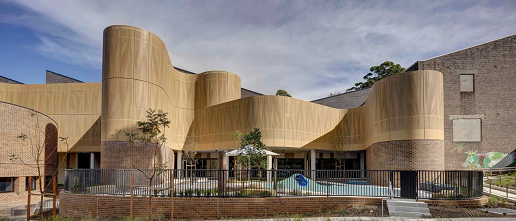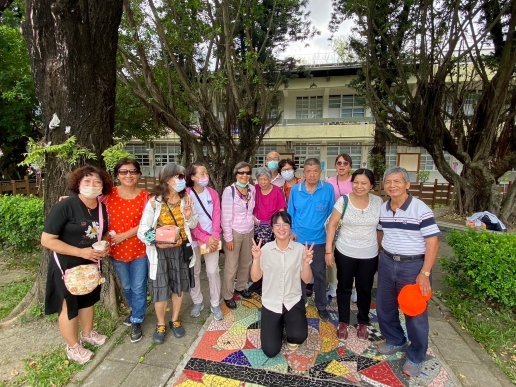According to the "4wayvoice" report, with the increasing number of new immigrants and children of new immigrants in Taiwan, Taiwan has entered its third year of including seven new immigrants’ languages in the school syllabus. In 2019, Kaohsiung City opened 92 classes of new immigrants’ languages and 251 classes in the 2020 school year. By 2021, it has opened 416 classes. The number of classes has increased by 4.5 times and the results have been remarkable.
0919.jpg)
The children of new immigrants are actively learning Southeast Asian languages. Photo/Provided by the Kaohsiung City Government Education Bureau
Kaohsiung City Government Education Bureau (高市府教育局) Director Hsieh Wen-Pin (謝文斌) said that Kaohsiung’s number of new immigrant students is the fourth in Taiwan, and the demand for new immigrants’ languages is high. Because of this, the Ministry of Education (MOE, 教育局) has established a new immigrants’ language education counseling group to continue training up to 471 qualified new immigrants teaching support staff, and handle school advisory services, empowerment training, and professional communities, etc. This is to actively improve the teaching materials, teaching methods and class management capabilities of the teaching support staff, to better satisfy the learning needs of students. In addition to physical classes, 31 remote learning classes are also opened, with a total of 155 junior high schools and elementary schools.
Wang Kuo-Tsun (王國村), the principal of the Kaohsiung New Immigrants’ Language Education and Guidance Group (高雄市新住民語文教育輔導團), pointed out that although the teaching staff are not graduates of education programs, their enthusiasm for the students and for teaching is admirable. The Education Bureau and the guidance group will continue to carry out enhancement courses for the dedicated teaching staff to improve their teaching skills, and through the class observation and with the professional community, they can learn together and improve the teaching of new immigrants’ languages.
0919.jpg)
Digital learning materials for new immigrants’ languages are on the shelves. Photo/provided by the Ministry of Education
Teaching materials in seven languages are available on the New Residents Children’s Education Website, so that all interested students can have access to educational resources. The seven new residents’ languages digital learning textbooks each have 8 volumes, all of which are bilingually dubbed in the new resident language and in Chinese. New second-generation students and those who are interested in learning Southeast Asian languages can use it. The National Education Administration of the Ministry of Education (教育部國教署) entrusted the National Central University (國立中央大學) and the Institute for Information Industry (資策會) to jointly produce digital learning materials for new immigrants. The seven languages include Vietnam, Indonesia, Thailand, Myanmar, Cambodia, the Philippines, and Malaysia. At present, volumes 1 to 8 have been completed and are available on the "New Residents’ Children Education Website" platform of the National Education Administration (國教署), so that all students who need to do online learning or those who lack learning materials, will have more educational resources.

0919.jpg)





